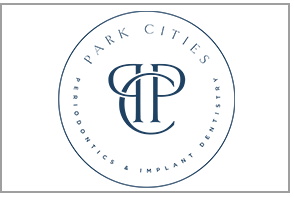 If you’ve had non-surgical gum treatment to address gum disease, you’ll want to be sure to take good care of your mouth during the healing process. You’ll also want to ensure your gums remain healthy in the long term so you won’t need to have additional treatments.
If you’ve had non-surgical gum treatment to address gum disease, you’ll want to be sure to take good care of your mouth during the healing process. You’ll also want to ensure your gums remain healthy in the long term so you won’t need to have additional treatments.
Non-Surgical Gum Treatment
If you have gum disease or gingivitis, our periodontist might recommend treatment based on the severity of the problem. If left untreated, gum disease can lead to eventual tooth loss, so it’s best to take care of the problem in its early stages. Non-surgical treatment usually involves a thorough, professional cleaning or a deep cleaning method such as planing and scaling. These cleaning procedures remove plaque and tartar and allow the infected areas to heal. Planing and scaling also smoothes the root surfaces to inhibit bacterial growth and allow the gums to reattach properly to your teeth during the healing process.
Taking Care of Your Mouth After Gum Treatment
After your treatment, our periodontist will recommend proper care both to promote healing and to prevent additional problems. If you’ve had a deep cleaning, you might want to take an over-the-counter pain reliever for a day or two, as the teeth and gums might be uncomfortable. If your periodontist has prescribed antibiotics, be sure to take the full course—don’t stop partway through the prescription.
Another common recommendation is to rinse with warm salt water. This helps keep the mouth clean after treatment and can be soothing to the gum tissues. You might not be able to brush right away, so this also helps clean your mouth.
When you’ve gotten the okay to continue with routine brushing and flossing, begin with gentle brushing. Our dentist will provide instructions on when you can start brushing again, as well as what kind of toothbrush to use and a proper technique.
Call us today at Park Cities Periodontics & Implant Dentistry to learn more about our gum disease treatments.






